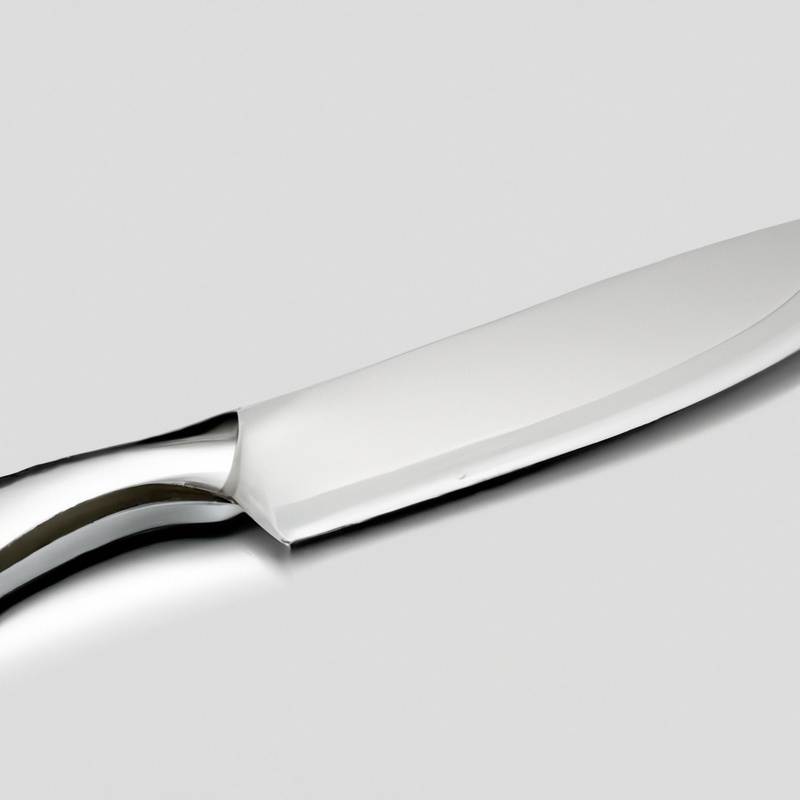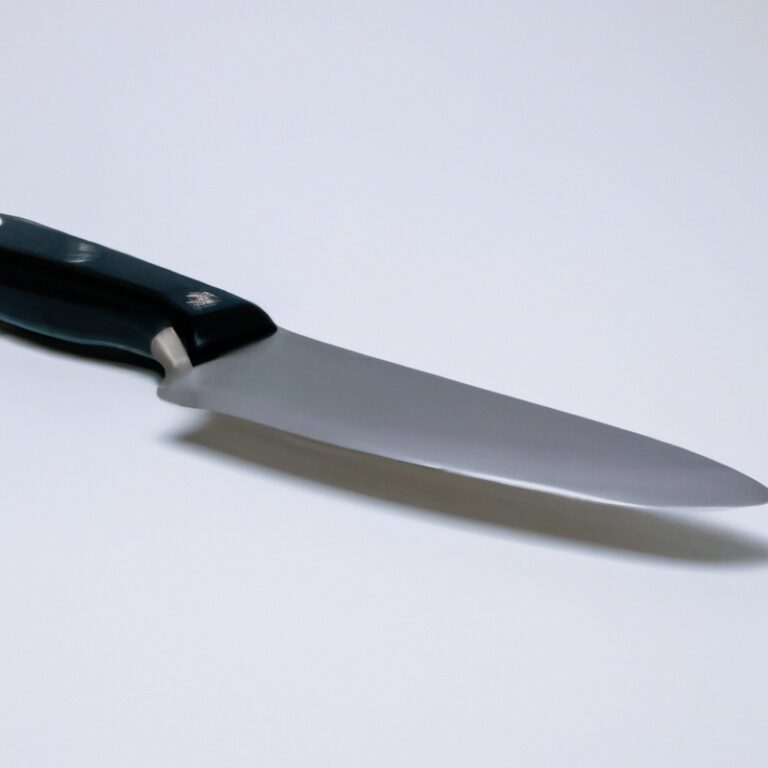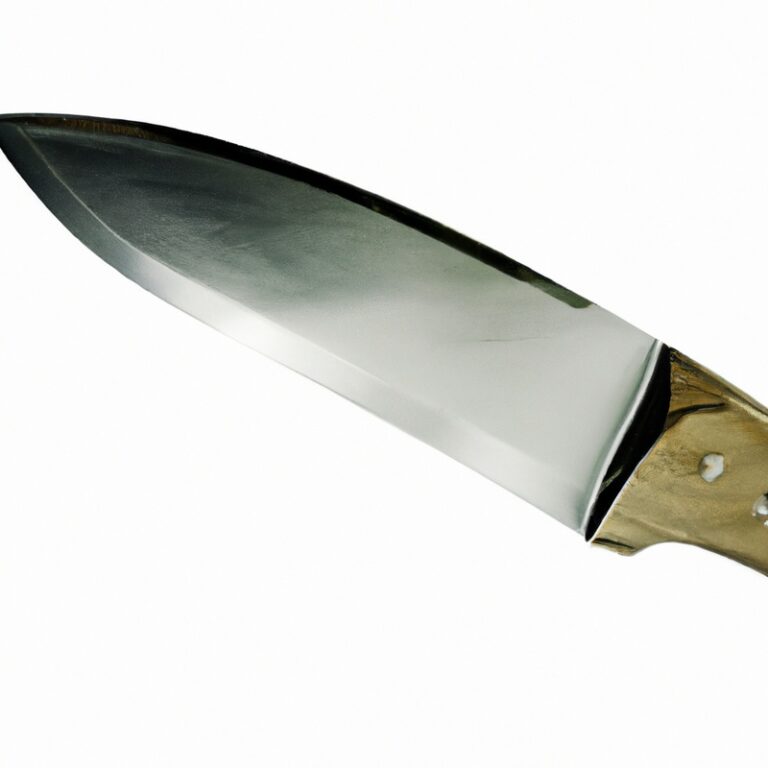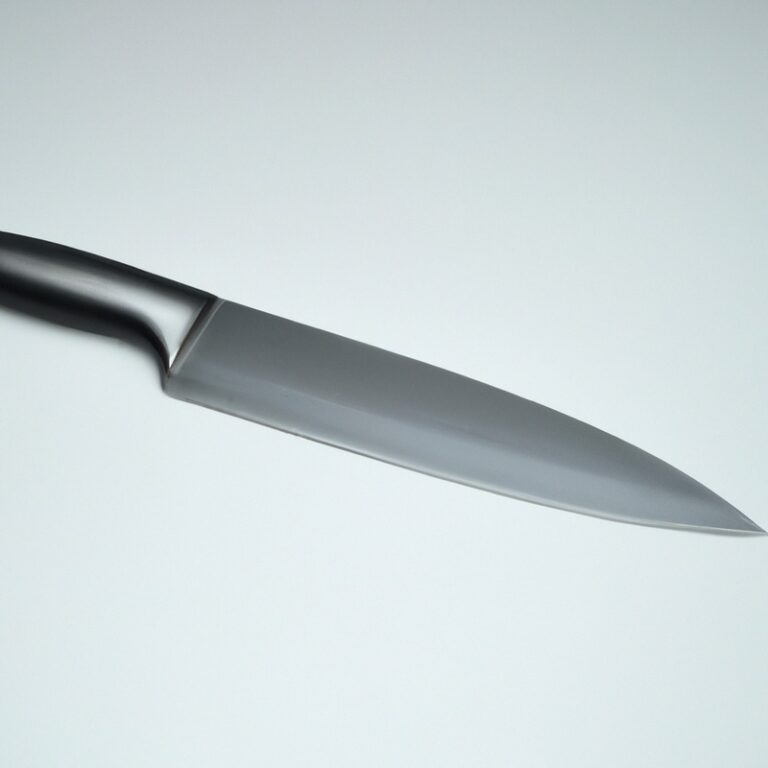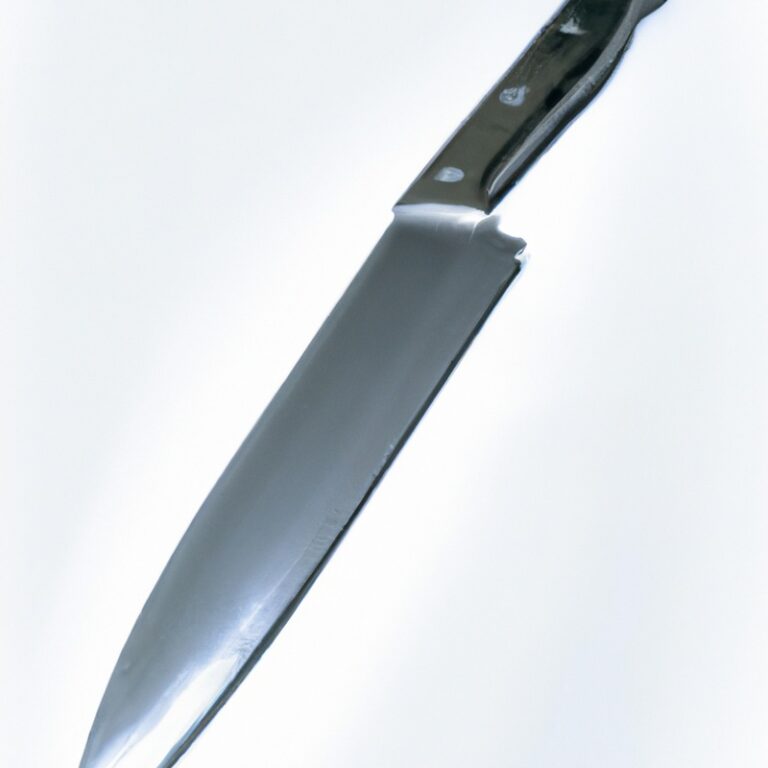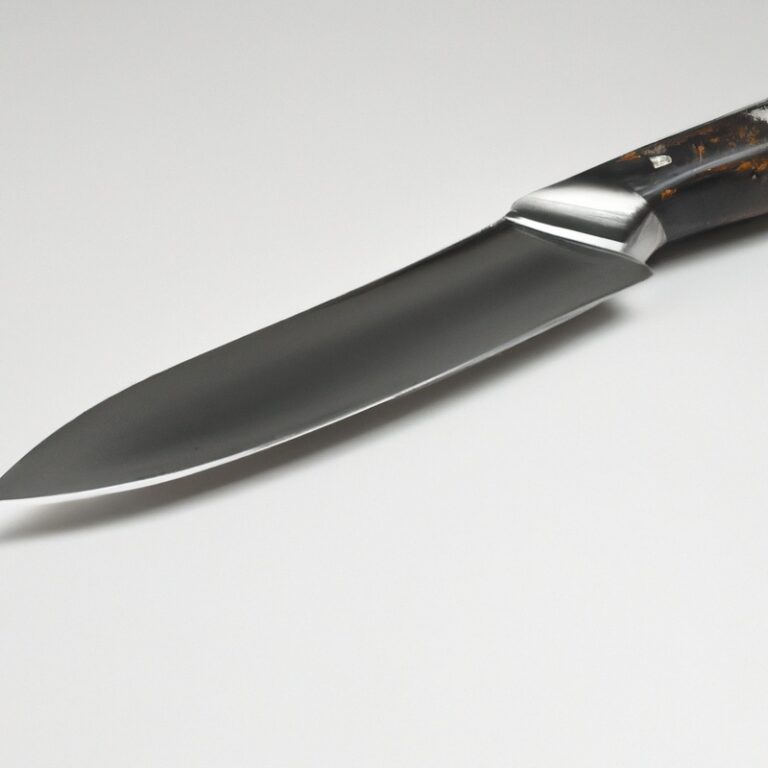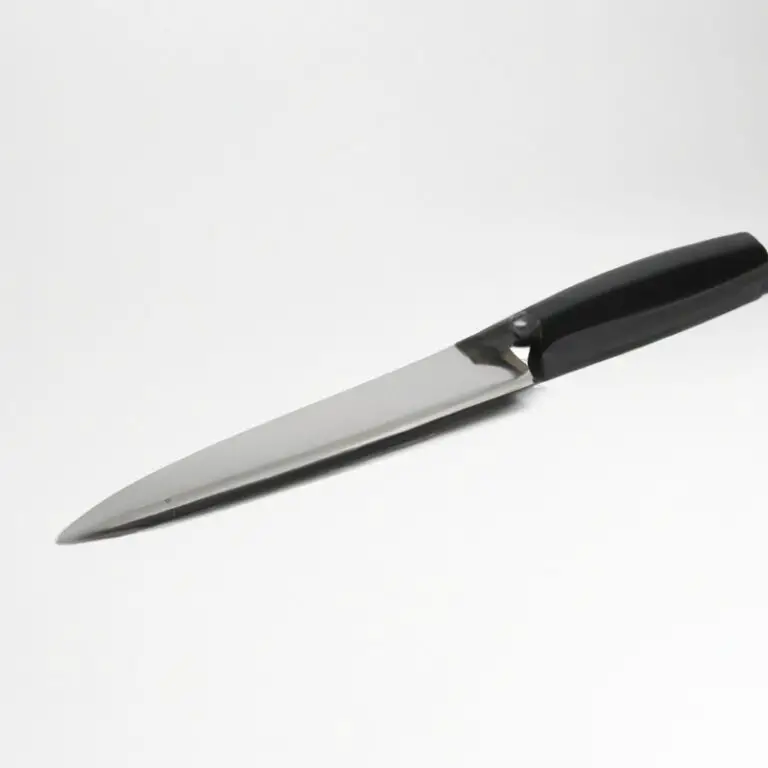How Does Knife Steel Affect Blade Sharpness In Pocket Knives?
Key Takeaways:
- The choice of knife steel significantly impacts the overall sharpness of pocket knife blades.
- Different types of steel have varying hardness, leading to variations in blade sharpness.
- High-quality knife steels, such as stainless or carbon, tend to offer better sharpness and edge retention.
- The manufacturing process and heat treatment of the steel can also influence blade sharpness in pocket knives.
Are you tired of knives that go dull within days of use?
Well, my friend, it’s time to dig deeper into the world of knife steel and how it affects the sharpness of pocket knives.
As a passionate knife enthusiast, I’ve spent countless hours studying the intricacies of knife steel composition and its impact on blade performance.
In this article, we’ll explore the different types of knife steel used in pocket knives, the factors that influence blade sharpness, and how to choose the right steel for your needs.
Get ready to slice through the mystery of knife steel and unleash the power of a truly sharp blade.
| Knife Steel | Effect on Blade Sharpness |
| High Carbon Steel | High carbon steel blades can be sharpened to a very fine edge, resulting in excellent sharpness. |
| Stainless Steel | Stainless steel blades are generally less sharp than high carbon steel blades, but they have increased corrosion resistance. |
| Tool Steel | Tool steel blades offer a good balance between sharpness and durability, making them suitable for everyday use. |
| Damascus Steel | Damascus steel blades are known for their unique pattern and sharpness, making them highly prized by collectors and enthusiasts. |
Understanding Knife Steel
Explanation of knife steel composition
Knife steel composition refers to the specific blend of elements that make up the steel used in a knife’s blade. The composition determines the steel’s properties such as hardness, toughness, and corrosion resistance.
Common elements found in knife steel include carbon, chromium, vanadium, molybdenum, and nickel.
Each element contributes to the steel’s overall performance. For example, carbon increases hardness, while chromium enhances corrosion resistance.
Different steel compositions result in varying levels of sharpness, edge retention, and durability.
Understanding the composition of knife steel is essential in choosing the right blade for your needs.
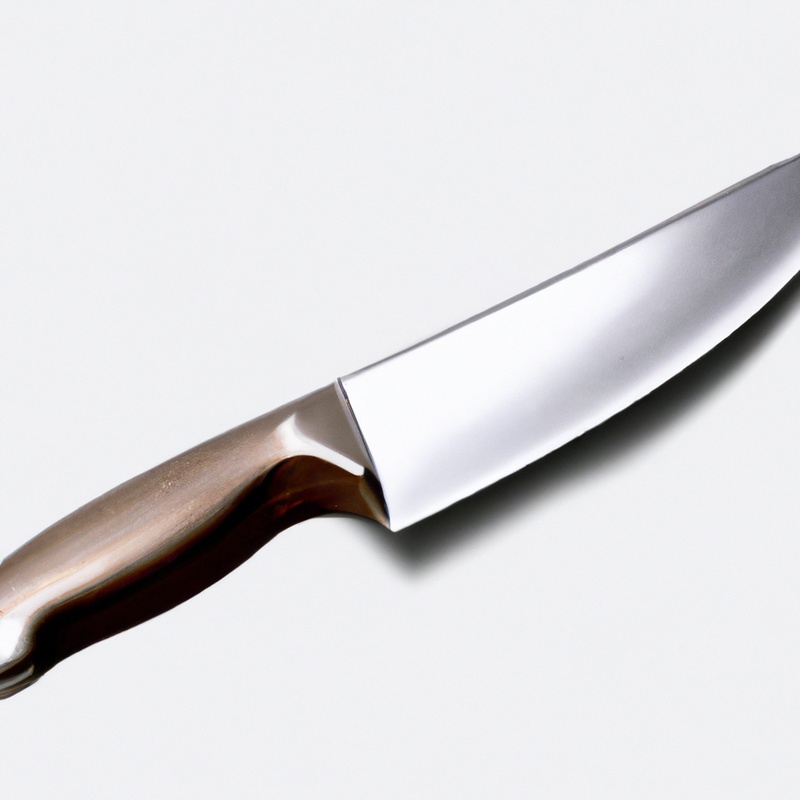
Different types of knife steel used in pocket knives
There are several different types of knife steel commonly used in pocket knives.
Some popular options include:
- Stainless Steel: Stainless steel is known for its corrosion resistance, making it an ideal choice for pocket knives that may be exposed to moisture or harsh environments.
- High Carbon Steel: High carbon steel offers excellent edge retention and is known for its ability to hold a sharp edge. However, it may be more prone to rust and requires proper maintenance.
- Damascus Steel: Damascus steel is known for its unique and attractive pattern created through the layering and folding of different metals. It is prized for its beauty and strength.
- Tool Steel: Tool steel is often used in high-performance pocket knives due to its exceptional durability and toughness. It can withstand heavy use and maintain its sharpness.
- Titanium: Titanium is lightweight, corrosion-resistant, and offers good strength. It is commonly used in premium pocket knives for its durability and aesthetic appeal.
Each type of steel has its own characteristics, so it’s important to consider your specific needs and preferences when choosing a pocket knife.
Factors Affecting Blade Sharpness
Hardness of the knife steel
The hardness of the knife steel plays a significant role in blade sharpness. Harder steel typically holds a sharper edge for longer periods, as it resists dulling and deformation.
However, extremely hard steel may be more prone to chipping or breaking.
Finding the right balance is key. Higher quality knife steels undergo heat treatment processes to achieve optimal hardness levels.
By understanding the hardness of the knife steel, you can make informed decisions when choosing a pocket knife that will maintain a sharp edge over time.
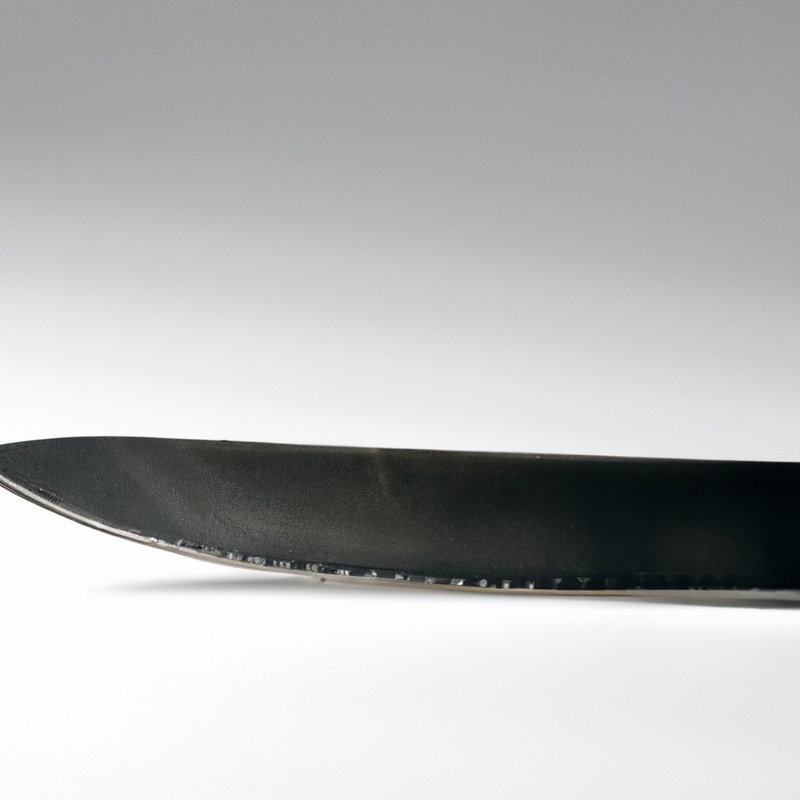
Edge retention capabilities of different steel types
Different steel types have varying edge retention capabilities. High-carbon steels, like AUS-8 and D2, are known for their excellent edge retention.
They are resistant to wear and can maintain a sharp edge for a long time.
Stainless steels, such as 440C and VG-10, also offer good edge retention. These steels have added elements that enhance their durability.
On the other hand, softer steels, like 420 stainless steel, may not hold an edge as well and require more frequent sharpening.
It’s important to consider the steel type when looking for a pocket knife with optimal edge retention.
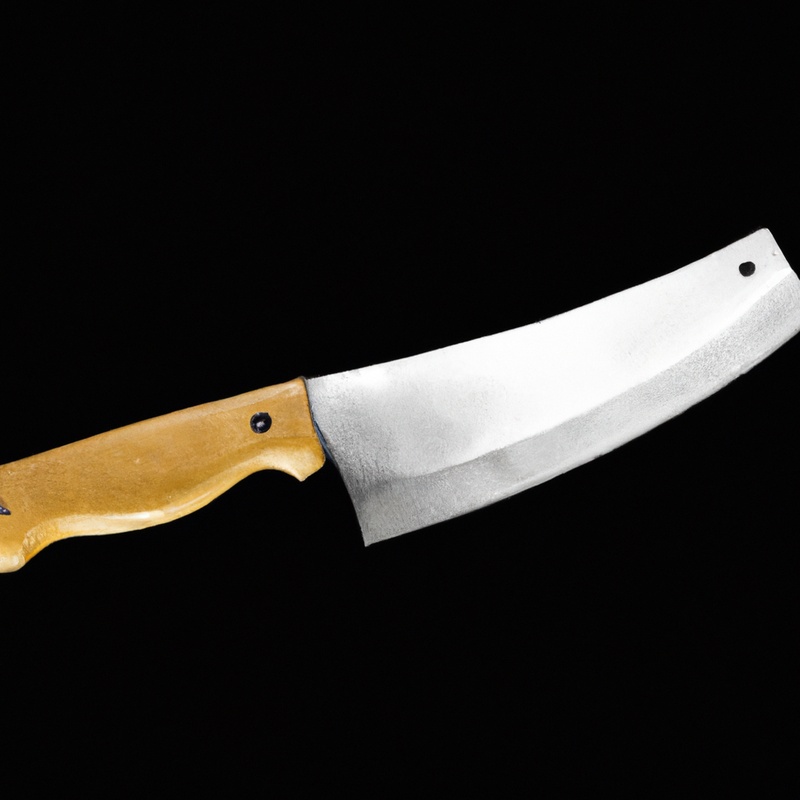
Impact of blade geometry on sharpness
The blade geometry of a pocket knife plays a significant role in determining its sharpness.
The shape and thickness of the blade, as well as the angle of the edge, impact how effectively the knife cuts through materials.
A thinner blade with a slim, acute angle will be sharper and more precise, making it ideal for delicate tasks like slicing or precision work.
Conversely, a thicker blade with a wider angle will sacrifice some sharpness but provide more durability and strength for heavy-duty tasks like chopping or prying.
So, when looking for a sharp pocket knife, consider the blade geometry that suits your intended use.
Choosing the Right Knife Steel for Sharpness
Considerations for specific tasks or purposes
When choosing a knife steel for specific tasks or purposes, there are a few key considerations to keep in mind.
- Cutting tasks: Different tasks require different types of steel. For delicate slicing or precision work, a steel with high edge retention and sharpness, such as stainless steel, is ideal. For heavy-duty tasks like chopping or outdoor use, a tougher steel like carbon steel may be more suitable.
- Corrosion resistance: If you plan on using your knife in wet or humid environments, or if you want a low maintenance option, consider a stainless steel with high corrosion resistance. These steels are less likely to rust or tarnish.
- Ease of sharpening: Some knife steels are easier to sharpen than others. If you prefer to do your own sharpening, look for steels that are known for their ease of maintenance, such as carbon steel.
- Budget: Different steels come with different price tags. Consider your budget and choose a steel that offers the best balance of performance and affordability for your needs.
Evaluating different steel types for sharpness
When evaluating different steel types for sharpness in pocket knives, there are a few key factors to consider.
Firstly, look at the steel’s composition.
High-carbon steels like D2 or CPM S30V are known for their excellent edge retention and sharpness.
Secondly, consider the hardness of the steel.
Harder steels, such as those with a Rockwell hardness rating of 58-62, can hold a razor-sharp edge for longer.
Lastly, pay attention to the blade geometry.
Thin, flat ground blades tend to be sharper than thicker, hollow ground ones.
By considering these factors, you can choose a steel that will provide the sharpness you desire in your pocket knife.
Balancing sharpness with other performance factors
When choosing a knife steel for sharpness, it’s important to consider other performance factors as well.
While sharpness is crucial, you also want a steel that offers good durability, corrosion resistance, and ease of sharpening.
Balancing these factors depends on your specific needs and preferences.
Some steels, like high carbon steels, excel in sharpness but may require more maintenance.
Stainless steels offer better corrosion resistance but may sacrifice some sharpness.
Finding the right balance is about understanding your priorities and choosing a steel that meets your requirements.
Maintaining Blade Sharpness
Importance of regular sharpening
Regular sharpening is essential for maintaining the sharpness of your pocket knife blade. By regularly sharpening your knife, you can ensure that it performs at its best and is always ready for use.
Over time, the blade can become dull due to wear and tear or use on different materials.
Sharpening helps to restore the blade’s sharp edge, making it more effective and safer to use. Additionally, regular sharpening can help prolong the lifespan of your knife by preventing excessive wear on the blade.
Recommended sharpening methods
To maintain the sharpness of your pocket knife blade, there are a few recommended sharpening methods you can try.
- Whetstone: This traditional method involves using a sharpening stone with water or oil to gently grind and sharpen the blade. It allows for precise control and is suitable for most types of pocket knives.
- Guided Sharpening Systems: These systems use a fixed-angle guide to ensure consistent and accurate sharpening. They are great for beginners and those who prefer a more foolproof approach.
- Sharpening Tools: Electric knife sharpeners and pull-through sharpeners are quick and convenient options. However, they may remove more metal from the blade, reducing its lifespan.
Remember to follow the manufacturer’s instructions and take your time when sharpening your pocket knife. Proper sharpening will not only maintain the sharpness but also prolong the life of your blade.
Keeping the blade in optimal condition for sharpness
To keep your pocket knife blade in optimal condition for sharpness, there are a few key things you can do.
Firstly, make sure to clean the blade regularly, removing any dirt or residue that can dull the edge.
Secondly, avoid using the knife on hard surfaces or trying to pry with it, as this can damage the blade and affect its sharpness.
Thirdly, store your knife in a dry environment to prevent rusting, as rust can also dull the blade.
Lastly, consider using a blade maintenance product, such as oil or lubricant, to keep the blade functioning smoothly and maintain its sharpness.
With these practices, you can ensure your pocket knife stays sharp and ready for use.
Final Verdict
The choice of knife steel plays a crucial role in determining the sharpness of a pocket knife blade. Understanding the composition and properties of different steel types allows for informed decisions when selecting a knife.
Factors such as hardness, edge retention capabilities, and blade geometry all contribute to the overall sharpness and performance of the knife.
When choosing the right knife steel for sharpness, it’s essential to consider specific tasks or purposes and balance sharpness with other performance factors. Lastly, regular sharpening and proper maintenance are key to maintaining blade sharpness.
By considering these factors, you can ensure that your pocket knife remains sharp and ready for any cutting task.

